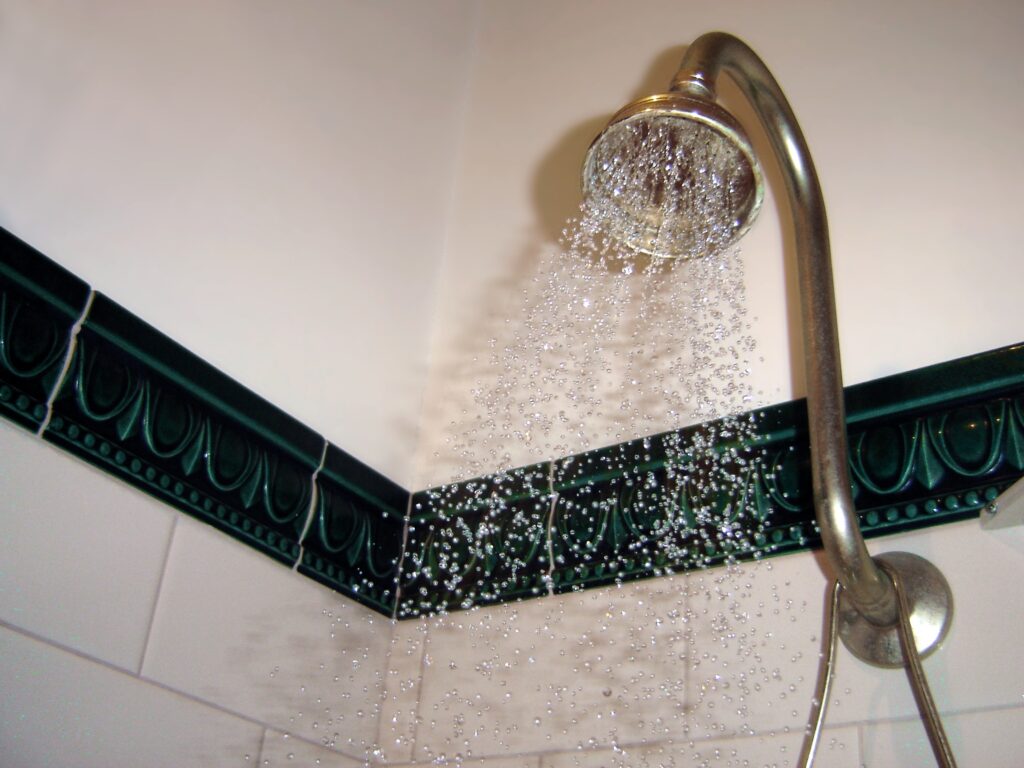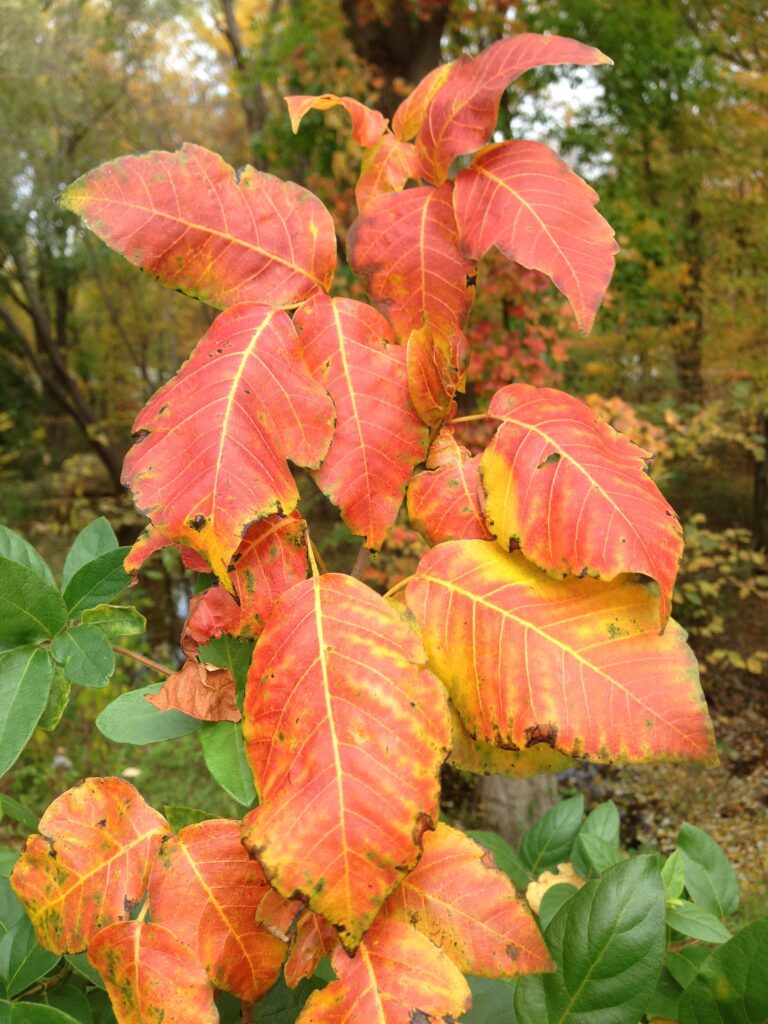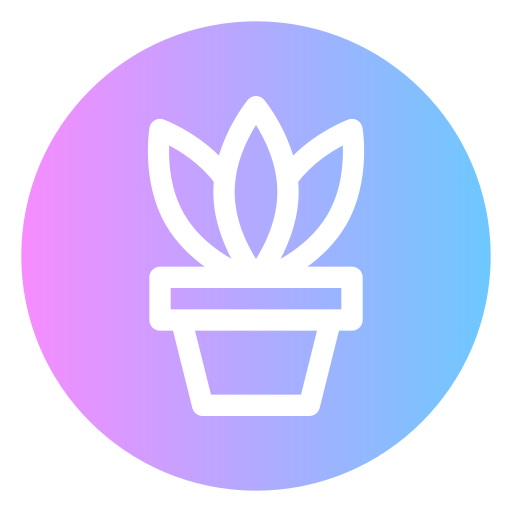You discover a blistery rash two days after a picnic. What is it?
-You may have a Poison Ivy Infection.
This infection occurs because of not an offending chemical or toxin, but rather a resin is known as urushiol (oo-Roo-Sheol). This allergen, or chemical that causes allergies, is found in the sap of poison ivy and its relatives, poison oak and sumac.
What is poison ivy?
Poison ivy is a North American native plant. Ivy is a climbing vine that belongs to the cashew family. Poison ivy secretes an oily chemical called urushiol when the plant’s root, stem, vine or leaf is broken. When people come into contact with poison ivy, the urushiol in the plant can cause an allergic skin reaction that results in reddish, itchy, and painful skin inflammation. The reaction often manifests itself 12 to 48 hours after exposure and lasts two to three weeks. Know more.
What are the signs and symptoms of poison ivy rash?
Redness is one of the major signs and symptoms of a poison ivy rash. Others include:
- Itching
- Swelling
- Blisters
- Difficulty breathing if you absorbed smoke from a burning poison ivy plant.
Because of the way the plant scrapes against your skin, poison ivy rash frequently emerges in a straight line. However, the rash may be more widespread if you get a rash after touching urushiol-contaminated clothing or pet fur. With your fingertips, you may transfer the toxic oil to other regions of your body. The amount of urushiol that gets on your skin determines the intensity of the rash.
Does taking a shower help?
After you discover an ivy rash, washing the affected area should be the immediate course of action. Remove it as quickly as possible (ideally within 15 minutes after contact) by carefully washing everything that has been exposed with soap, detergents, or rubbing alcohol, including any portion of your body and your clothing.
The good news is that if you walk over poison ivy, you may be able to avoid the rash if you wash with soap and water within 15 minutes of contact.
Is Poison ivy contagious after a shower?

Poison ivy is not contagious after a shower. If you have showered with due care and washed all the infected areas with soap or rubbing alcohol immediately you will not even have a rash.
- Please note that Poison ivy sores do not spread and are not contagious. Only if you come in contact with urushiol oil, the plant oil in poison ivy that causes the rash, will you develop a rash. Therefore, a quick shower is a great solution to avoid Poison Ivy rashes.
- Furthermore, a poison ivy rash, even with open blisters, will not spread to other body parts, and a rash appears solely on areas of the body exposed to the plant oil.
- If urushiol oil was trapped beneath your fingernails and you scratch an itch, poison ivy rashes may appear to spread.
- While you cannot develop a rash from someone affected, you can get one from clothing or other items containing plant oil. For instance, the clothing the affected person wore when they came into contact with the poison ivy plant.
- Poison ivy oil can leave traces on garden tools and pet fur. Poison ivy oil can linger for long periods. According to the FDA, it can remain on surfaces for years if not cleaned away with water or rubbing alcohol.
To minimize risk, ensure that all possible contaminated surfaces are thoroughly cleaned.
FAQs

1. How to wash off poison ivy?
Unique products such as Tecnu and Zanfel are available to remove urushiol from your skin. A hand cleaner like Goop or Worx may also be beneficial. If your pet has been in an area where poison ivy, oak, or sumac grows, you should bathe your pet with water and a light soap to prevent the oil from spreading.
2. What is better? A bath or a shower.
Products like Tecnu and Zanfel or any standard soap or detergent bond with urushiol to remove it from the skin, and the urushiol will wash down the drain with the water in the shower.
However, in a bathtub, the oil can scatter into the water and potentially spread to other parts of your body.
3. Should I take a hot shower or a cool shower?
After exposure to poison ivy or oak, it is never advisable to take a hot shower. The reason for this is that hot water causes your pores to open. More urushiol will likely be absorbed into your system if the pores open. As a result, the first shower should be with cool or lukewarm water.
4. How to deal with a rash?
- If you do break out, antihistamine medications can help alleviate itching.
- A wet Domeboro solution compress relieves itching and dries the moist regions.
- To relieve itching, Prame-Gel or Sarna lotion can be used. Hydrocortisone cream administered to affected areas (but not the eyes) is frequently beneficial.
- All of these items are available in a drugstore as over-the-counter items.
- If the rash is severe, covers a large region of your body, or involves your face or eyelids, visit your doctor.
- You may be given oral or injectable corticosteroids to reduce its effect and make you more comfortable.
Enjoy your time outdoors, but keep in mind that “leaves of three, let it be.” Wear protective gear and wash your skin as soon as you suspect you have been exposed.
Do not be concerned if you develop a rash from poison ivy. There are numerous safe, effective, and reasonably priced choices for relieving your symptoms, many of which are available without a prescription. Call your doctor if your rash is broad, blistering, or swelling and is on your mouth or genitals.
Disclaimer: The content on the site is for informational or educational purposes only and does not substitute professional medical advice or consultations with healthcare professionals.
Featured Image Src: Larsonja, Public domain, via Wikimedia Commons.
